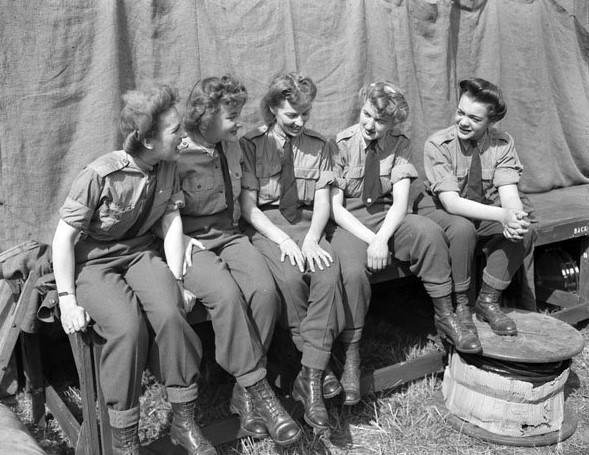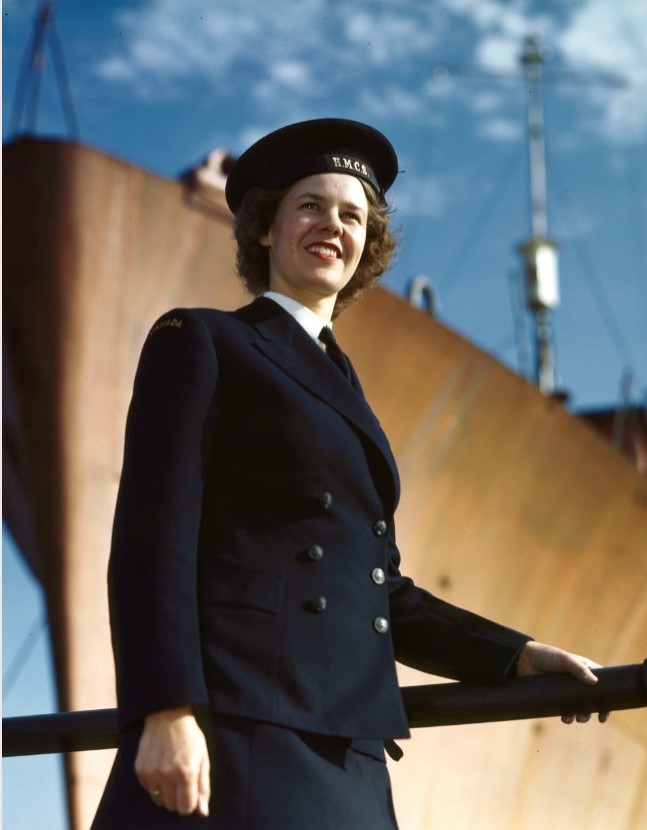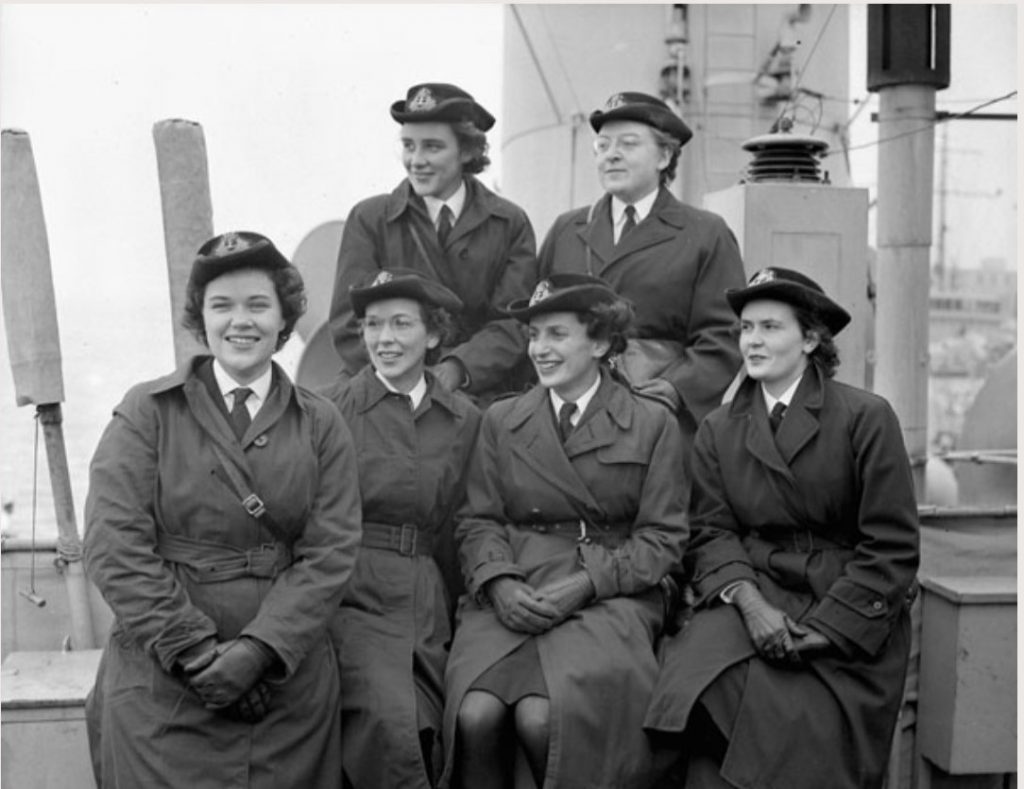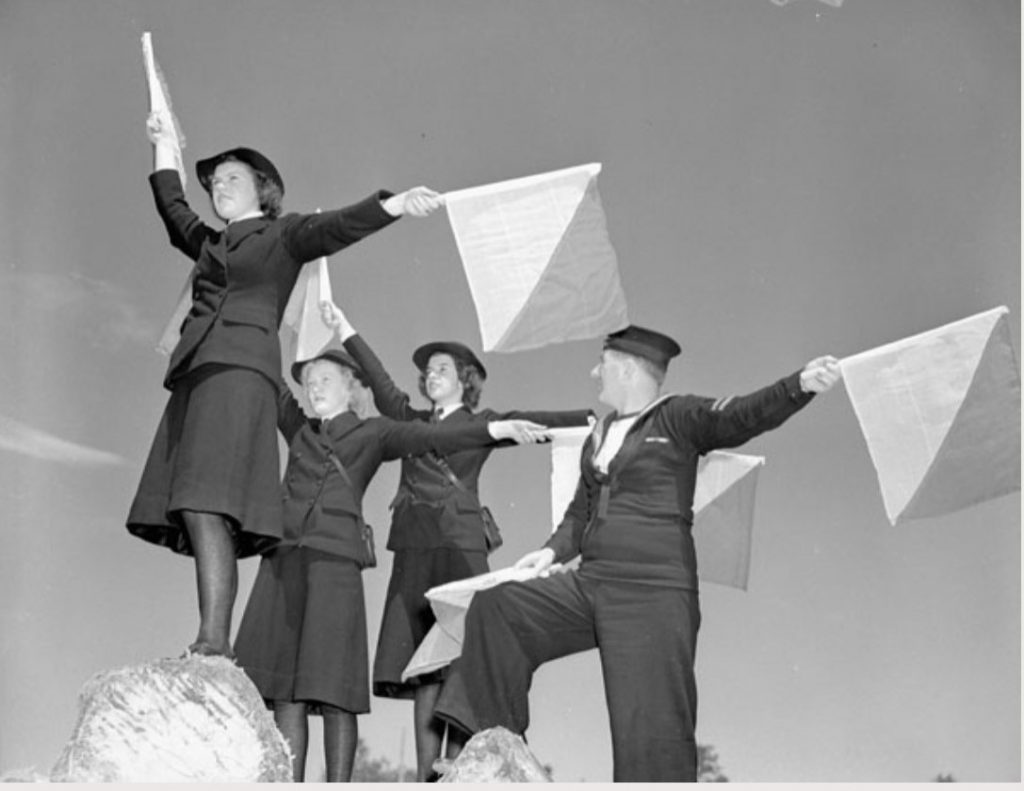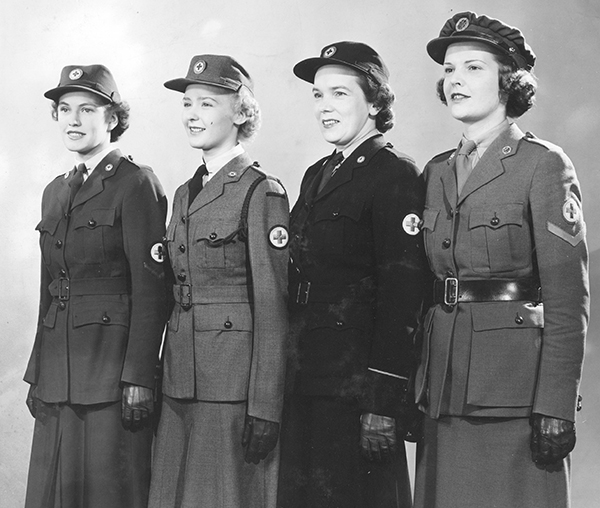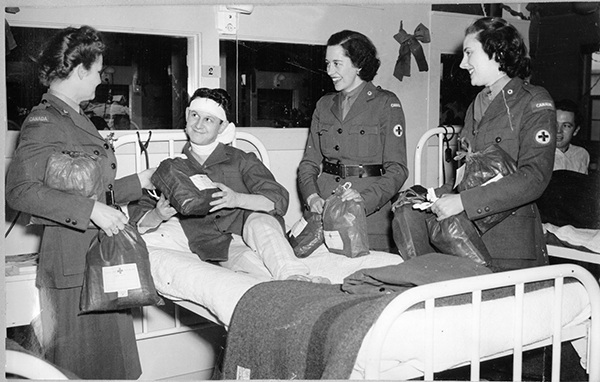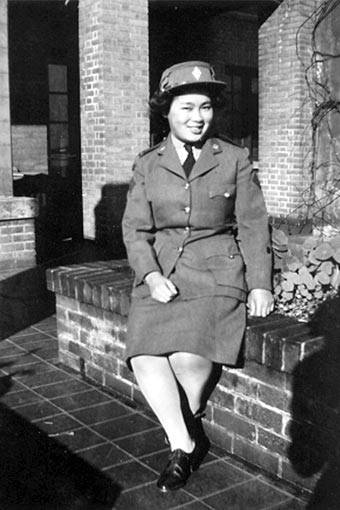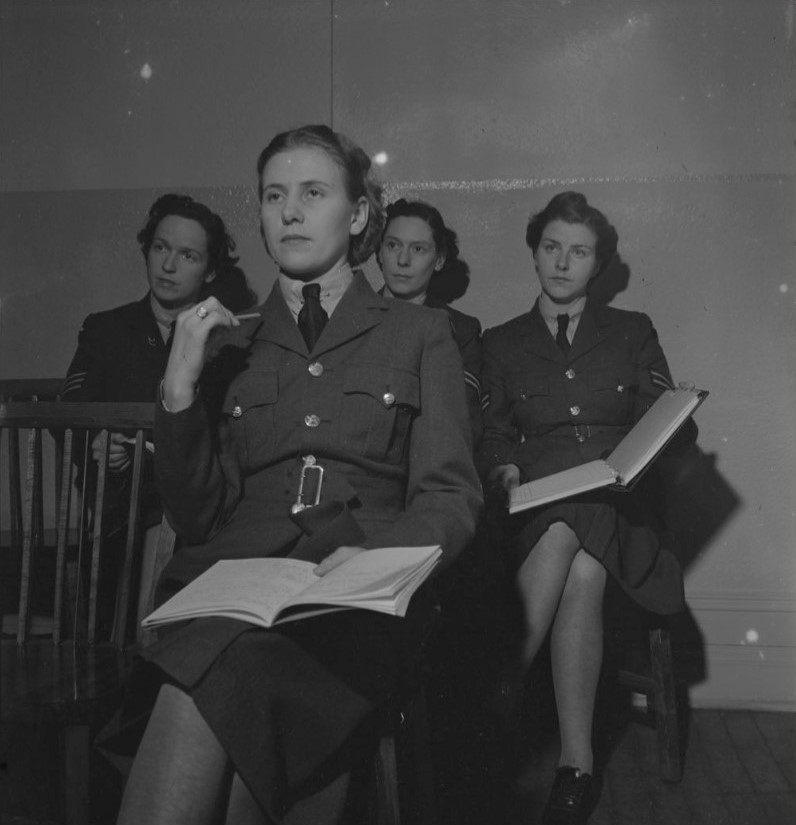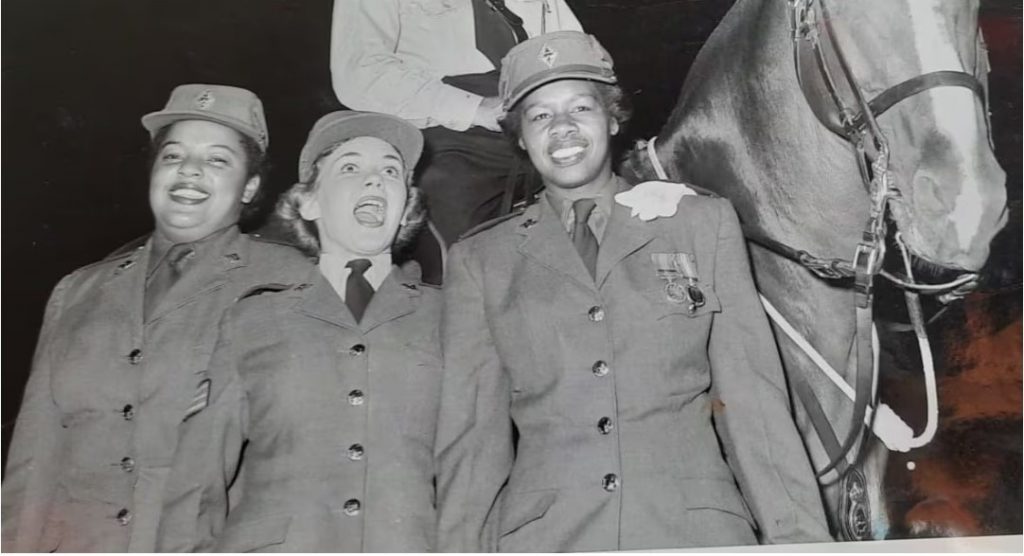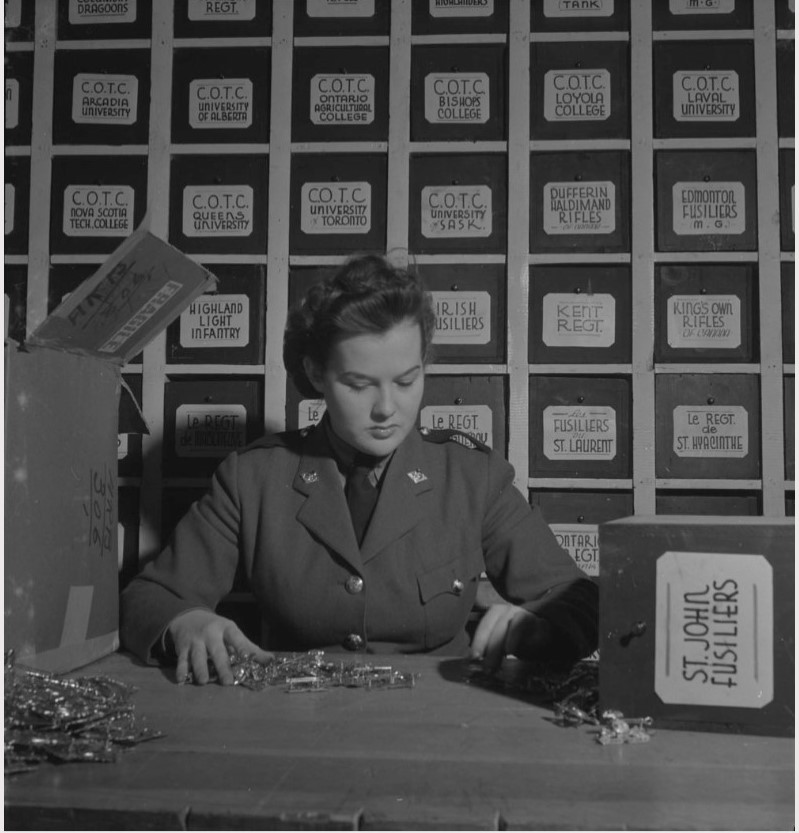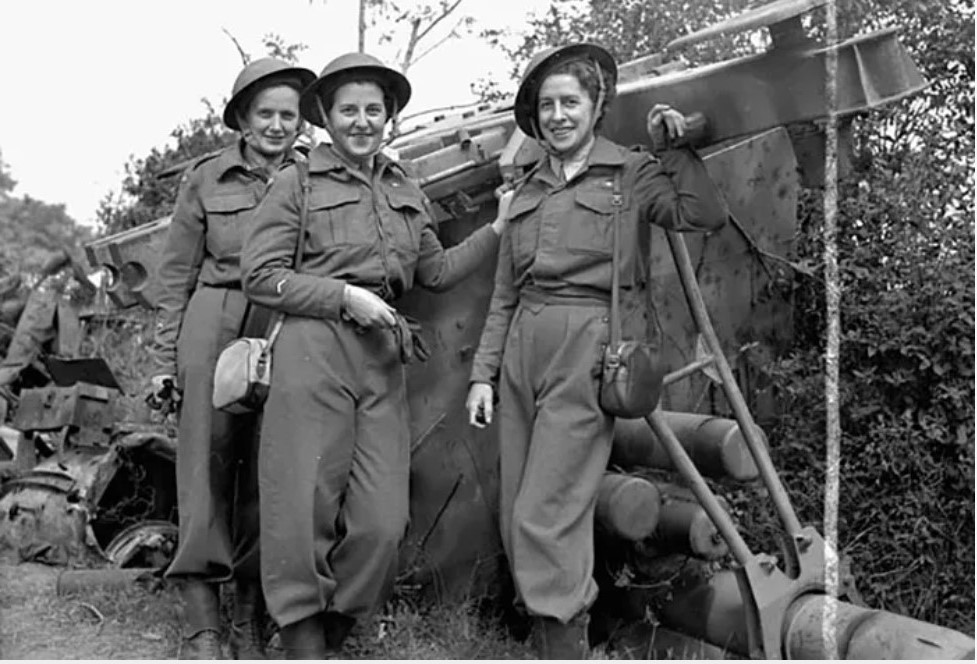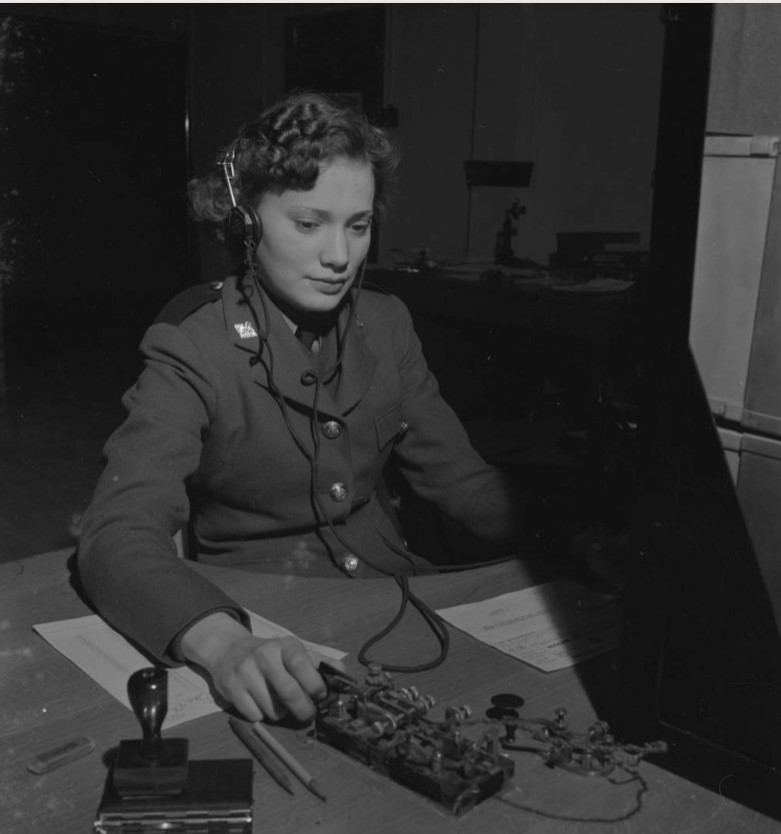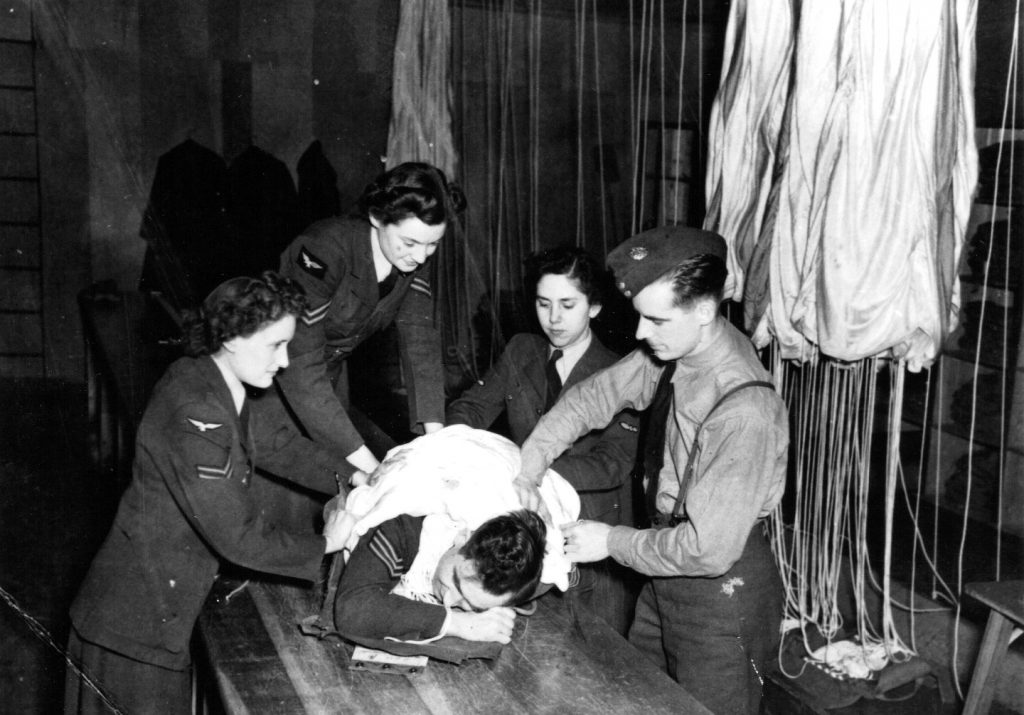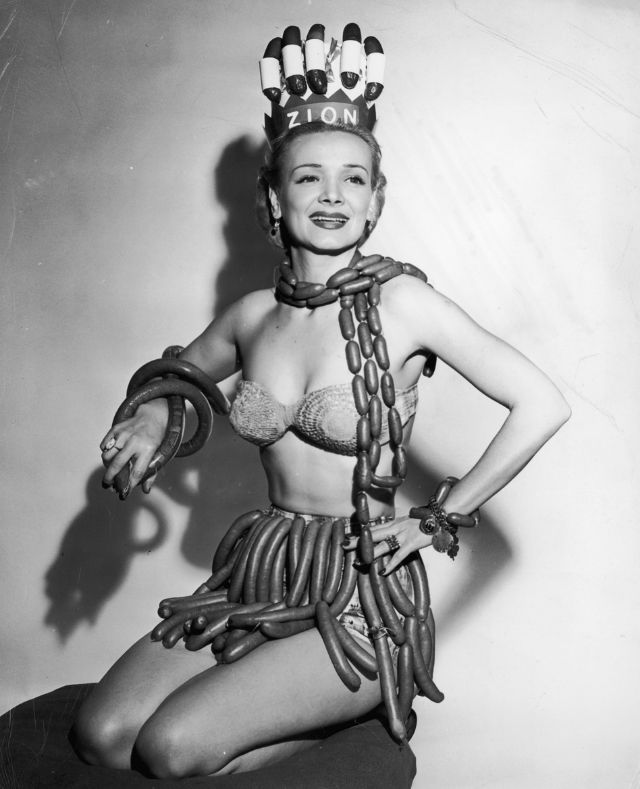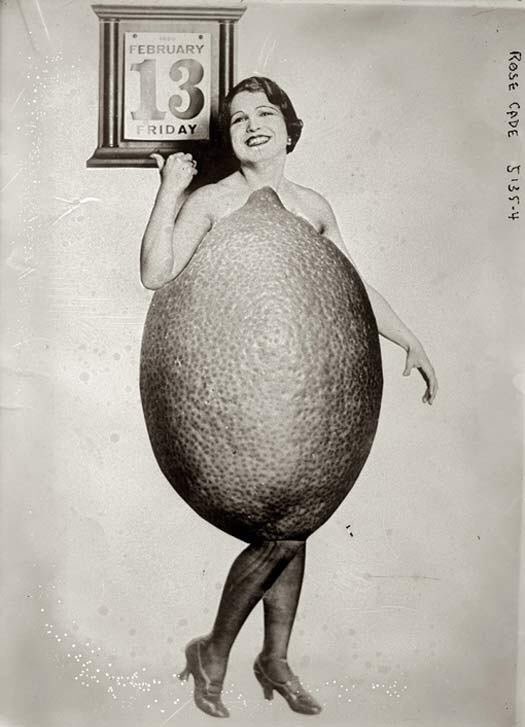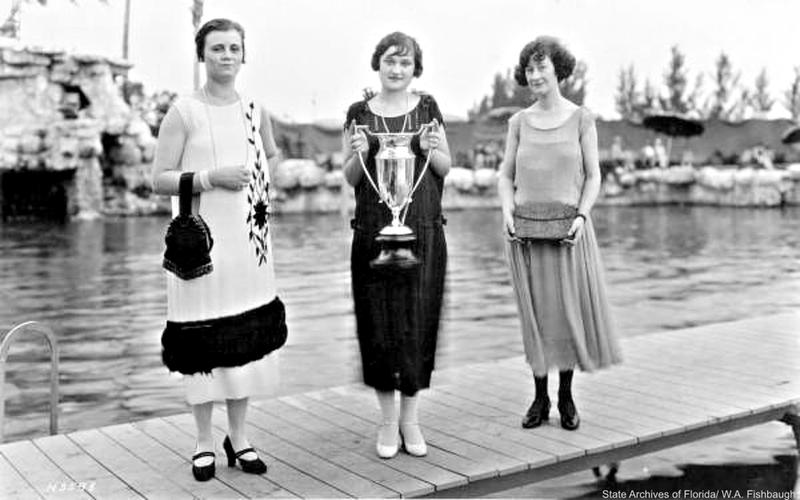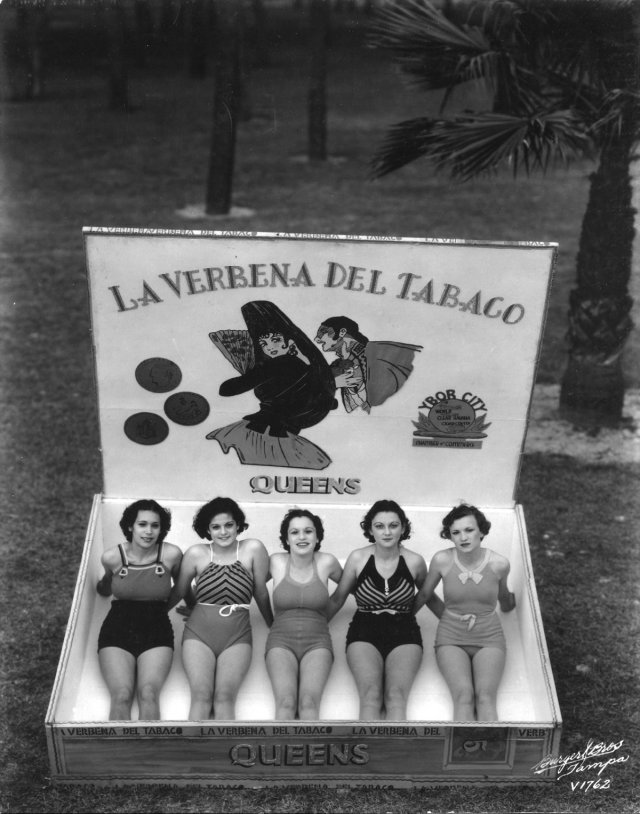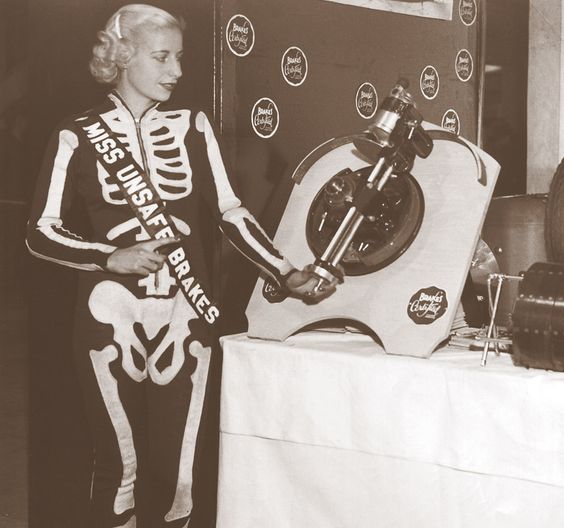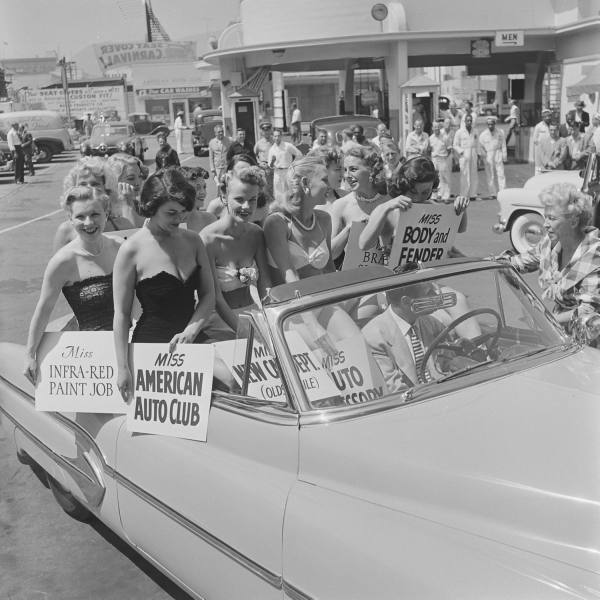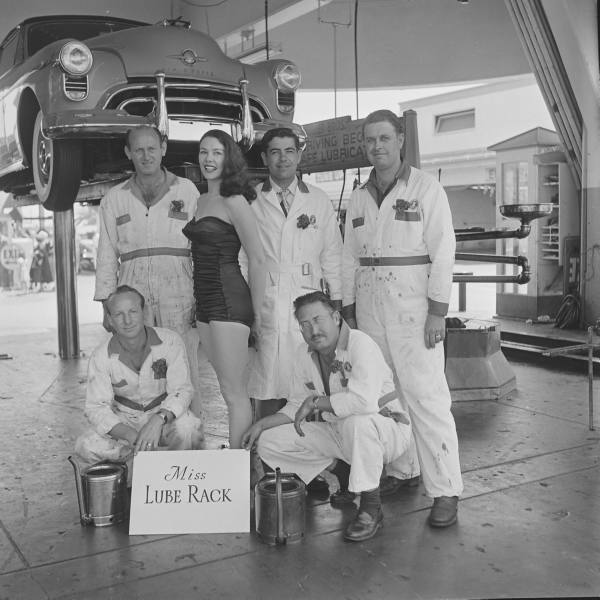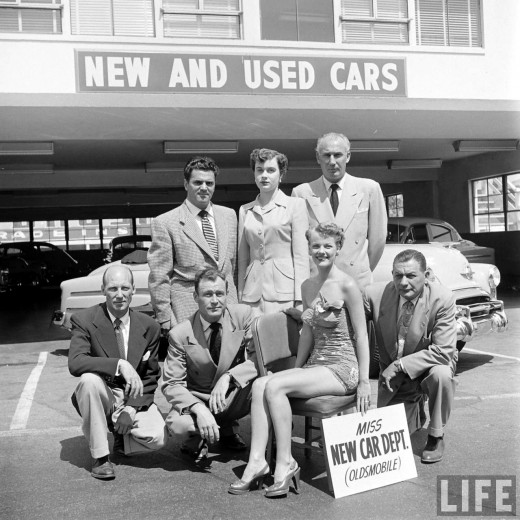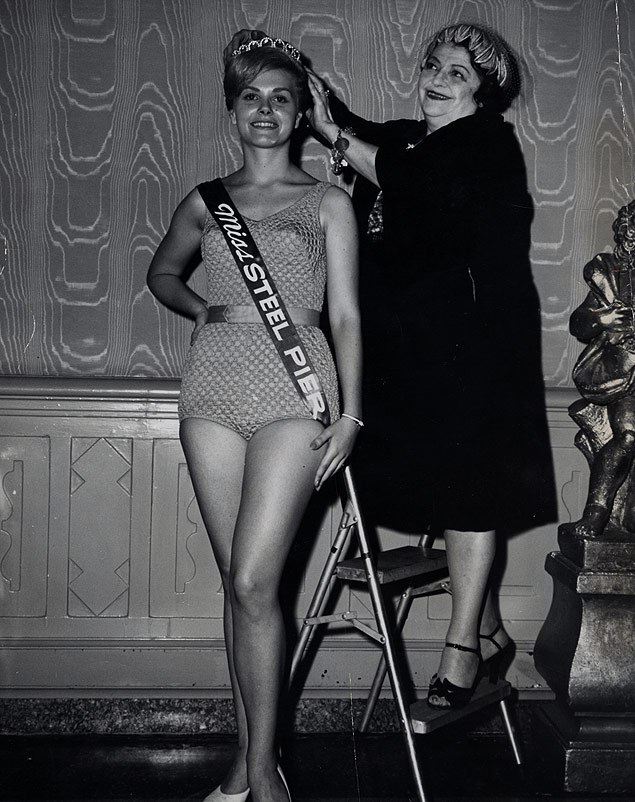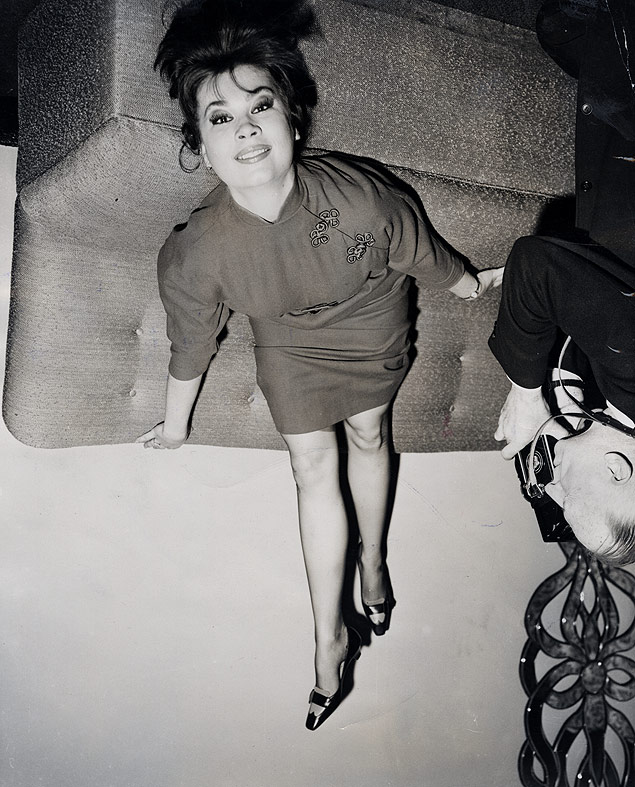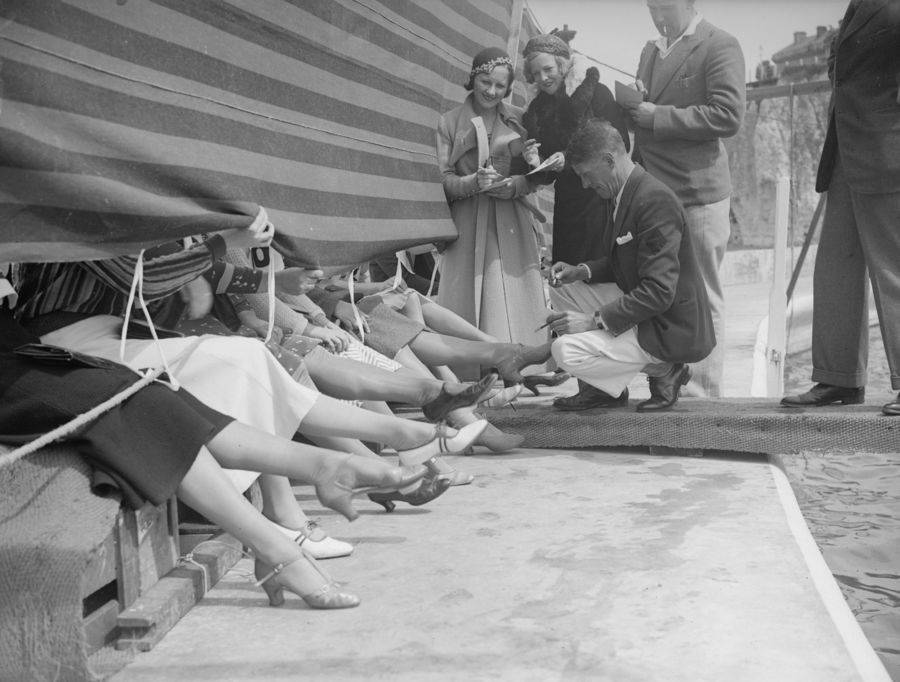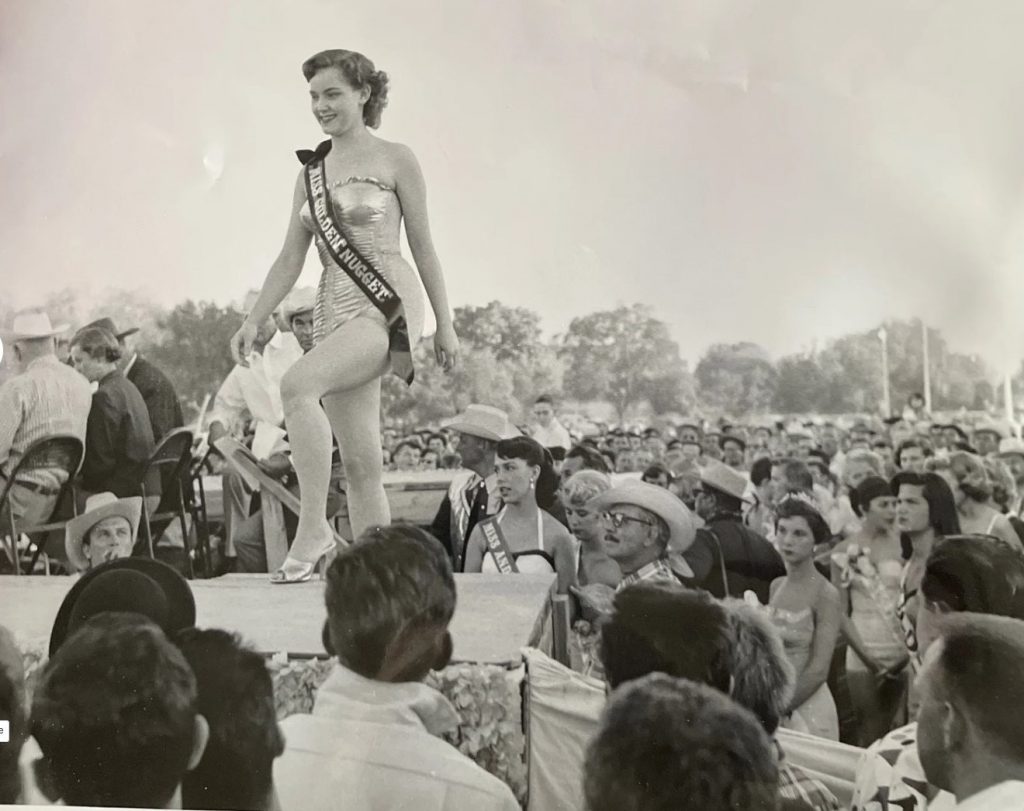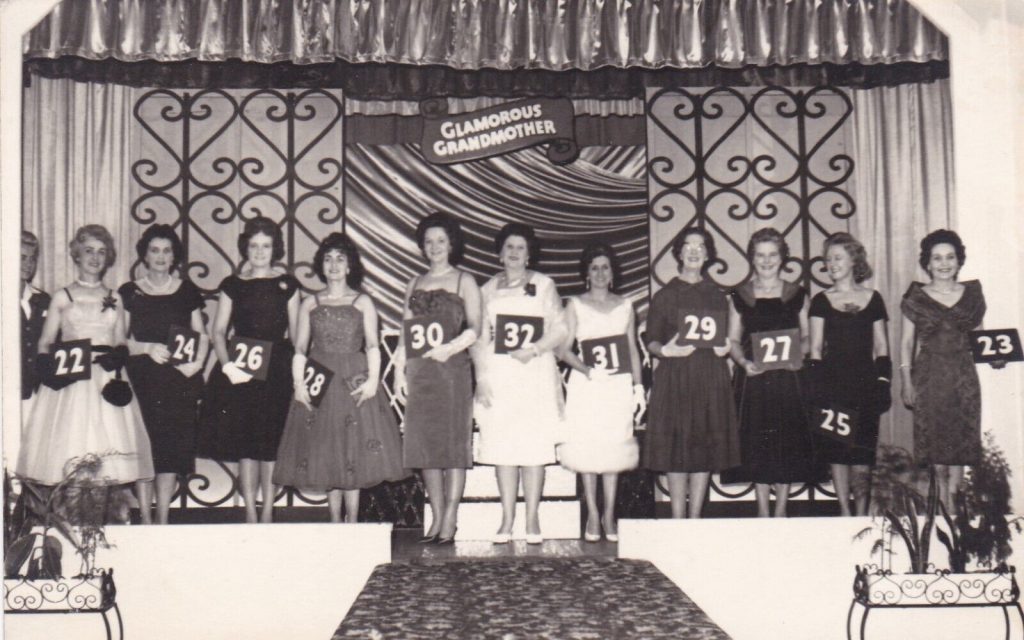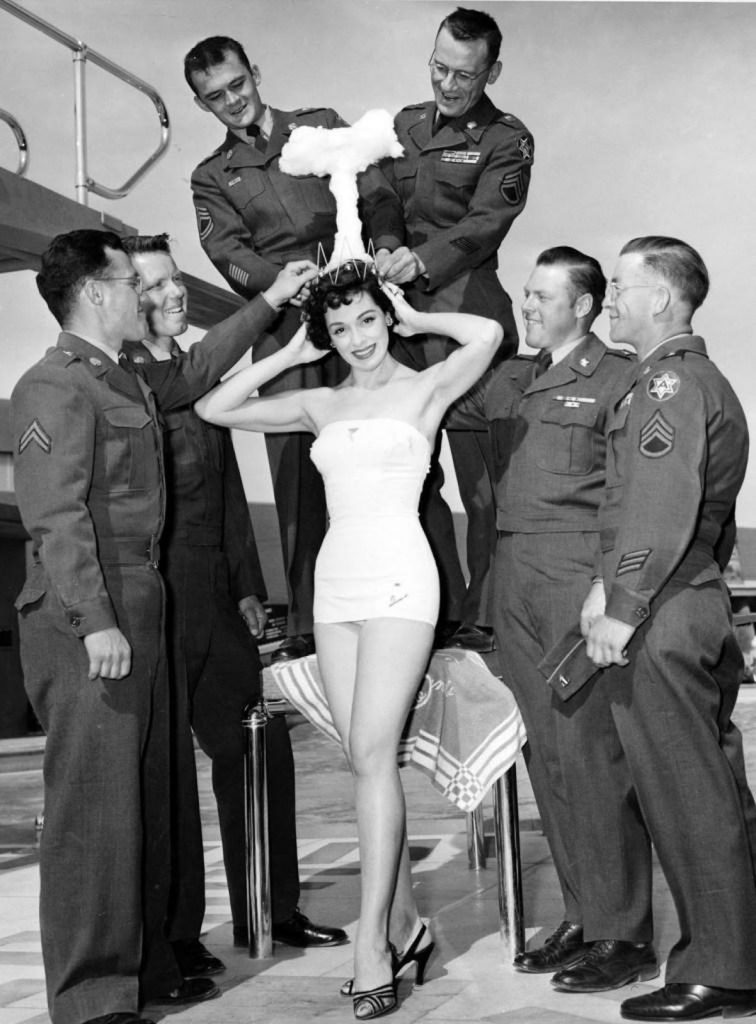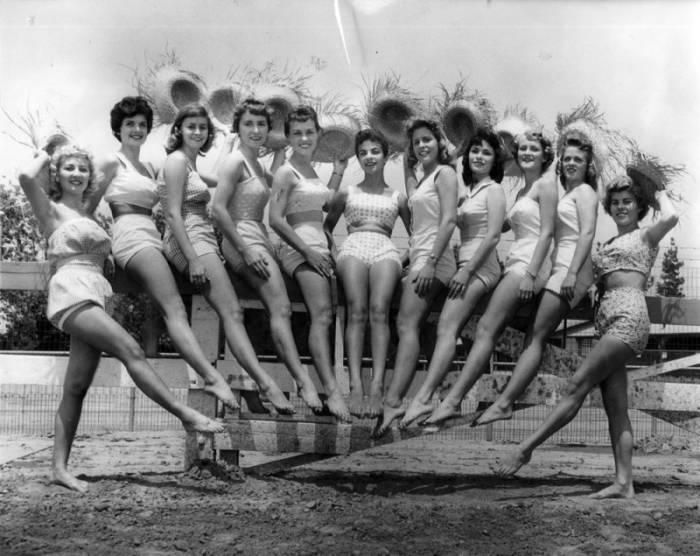In November I like to dedicate some of the month to blog posts on Women & Canada’s participation during WW2. I have done many posts on this topic and it’s always exciting when I find content I have not shared before. Like today’s post….”1940s images of Canadian Women in Military Uniforms During WW2“.
This post was one that I have wanted to do for some time, after my guest blog post in 2014 from writer (and friend), Elinor Florence entitled “WW2 Air Force Uniforms for Canadian Women”. Many of the images you will see below are discussed in this fantastic read. Please take some time after your done here, to take a look.
Now without further adieau, here is my newest read.
1940s Vintage Images of Canadian Women In Military Uniforms During WW2
Unidentified Woman in uniform with bag on chest in front of ‘Canada’s New Army’ posters.
Source: Library & Archives Canada
Vintage photo of the new Women’s Royal Canadian Naval Service “Wren” uniform -1943.
Source: Library & Archives Canada
Signal officers of the Women’s Royal Canadian Naval Service (W.R.C.N.S.), Halifax, Nova Scotia, Canada, October 1943.
Source: Library & Archives Canada
Women’s Royal Canadian Naval Service (W.R.C.N.S.) signallers during training at H.M.C.S. CORNWALLIS, Deep Brook, Nova Scotia, Canada, July 1943.
Source: Library & Archives Canada
Canadian Red Cross Corps Uniforms.
Models show the uniforms worn by all four sections of the Second World War CRCC.
Source: redcross.ca
Three CRCC Welfare Officers visit a convalescing soldier overseas (ca. 1943-45) while distributing “ditty bags” on a hospital ward.
Source: redcross.ca
Mary Laura Wong (Mah) enlisted with the CWAC (Canadian Women’s Army Corps) in Vancouver, British Columbia where she was employed as a teletype keyboard operator.
Further Reading: The story of Chinese Canadian military service is one of determination, courage and honour. & Chinese Canadian Women in the War
Source: Veterans.gc.ca
Learning is always important!
Canadian Woman’s Army Corp (CWAC)- Unidentified Women in uniform sitting with books on their laps.
Interesting Fact: CWAC had 50,000 women in its ranks during the Second World War in support roles ranging from cooking to decoding (Source).
Further Reading: The Canadian Women’s Army Corps, 1941-1946 via Canadian War Museum
Source: Library & Archives Canada
Eva May Roy (on the right of the photo), Roy left her job as a presser in a laundry to become a machine operator and fuse assembler at the General Engineering Co. munitions plant in Scarborough. Roy enlisted in 1944 and joined the Canadian Women’s Army Corps (CWAC), a new division created just three years earlier. She’s one of many Black women who served in the Canadian Forces during the Second World War — people whose stories are largely missing from the public record (Source).
Roy was a trailblazer, serving overseas at a time when it was rare to see a Canadian military woman working in Europe.
Her story goes much deeper then this, so I encourage you to read all about Eva at the link below.
Further Reading: ‘She didn’t hesitate’: The untold story behind a Black Canadian woman’s wartime portrait
Source: CBC.ca
A young Canadian woman in military uniform is shown in this photo, counting pins surrounded by boxes of them from different colleges and universities in Canada.
Source: Library & Archives Canada
Nurses with the Canadian Army Medical Corps in Normandy, July, 1944.
(Image source: Government of Canada)
Woman’s Air Force, 1940’s. Unidentified Woman in uniform using wireless equipment.
Source: Library & Archives Canada
In the Canadian Auxiliary Air Force, women worked in the parachute packing and checking department.
Source: Community Stories
1940s’ recruitment poster – “Men & Women. The RCAF Needs You Now!
Source: Library & Archives Canada
By looking at 1940s vintage images of Canadian women in military uniforms during WW2, we can reflect on the history of women in the military, the impact of women’s contributions to the war effort, and the ongoing efforts to recognize the efforts of women in the military and beyond. These images remind us of the advancements women have made in the military and encourage us to continue to recognize and celebrate the contributions of women in all contexts.
Thank you for dropping by!
Further Reading: World War 2 Women’s Contributions & Homefront Posts
Liz
P.S. I’m off to Las Vegas for my mother’s 70th, so I won’t be having a new post until I get back. Follow along on Instagram.

